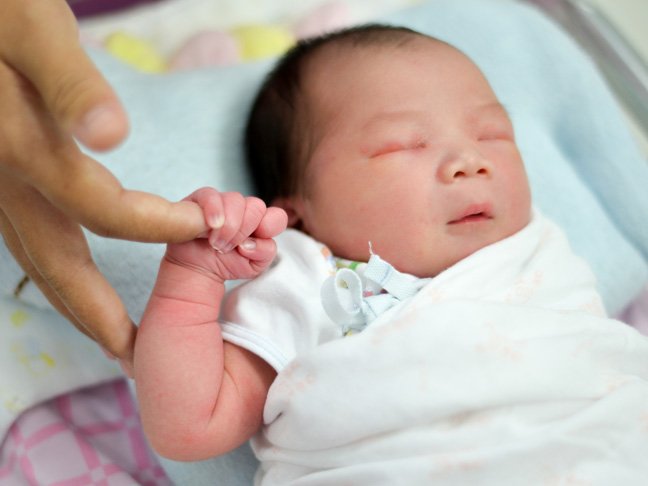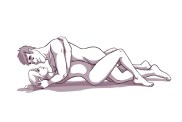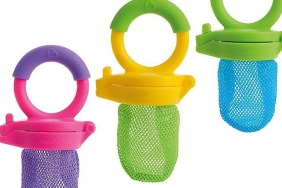Have you heard of the Moro reflex? How about the rooting reflex? You might not know them by name, but you’ve probably seen them. Once you bring your newborn baby home, you may begin to notice that your child makes certain unique movements, known as newborn reflexes. Babies’ early motions reflect their limited control of their body movements. From sucking on their fists to getting startled by sounds, there are many actions that are common. If you want to understand why your baby makes different types of movements, there are a few facts to learn about each common action.
What is the Moro reflex?
The Moro reflex is also known as the startle reflex. It occurs when a loud sound startles the baby during the first two months of their life. You may notice that the child responds to the noise by extending her arms and legs out while throwing her head back; this is an example of the Moro reflex. At times, her own cry or sneeze can cause the Moro reflex to occur.
What is the rooting reflex?
Up until a baby is four months of age, he’ll make sucking movements triggered by his survival instincts. This reflex can also help out moms who are trying to teach their newborn to latch onto the nipple for effective breastfeeding. Stroking the side of your baby’s face or their cheek will trigger the rooting reflex.
What causes a baby’s sucking reflex?
The sucking reflex occurs when you touch the roof of your baby’s mouth with your finger. Originally automatic, this action becomes a conscious behavior once your child reaches two or three months of age. Although the baby may seem like he’s hungry, it’s often a way for him to feel soothed.
Why does my baby turn her head to the side and stretch?
As one of the more notable newborn reflexes, the tonic neck reflex occurs when the baby turns her head to one side and straightens out that side of her body while bending the opposite arm. This type of action can look as if the baby is getting ready to fence! It usually disappears when the child is 5- to 7-months-old.
What causes a child to grasp fingers so firmly?
Many parents feel connected and are capable of bonding with their newborn baby when the child grasps the finger of the adult. The Palmar grasp reflex is triggered when someone pushes a finger or small object, like a rattle, into a baby’s palm. This innate reflex begins at birth and lasts until a baby reaches 2- to 3-months-old. If you need the baby to let go of your finger, you can stroke the back of her hand to get her to release.
Why does it look like my baby will start walking?
The stepping reflex makes it look as if a newborn baby is getting ready to walk if you put the baby upright with his feet on the ground. Although the cause is unknown, it may be due to an innate knowledge of the activity, even if he’s a year away from taking his first step.
The more you watch babies at work, the more you’ll realize they have their own little physical language. With time, these reflexes fade, but they’re nothing to be alarmed about.
Check out the most common questions and answers about newborn baby here.
Photo: Getty








